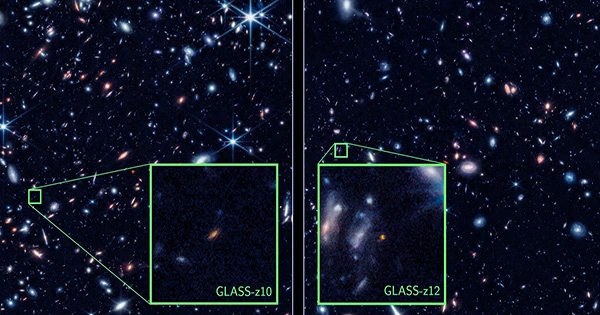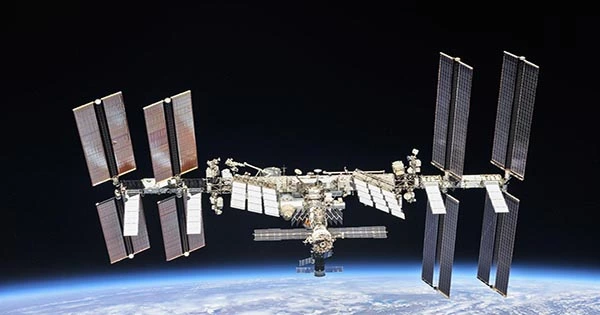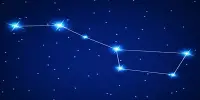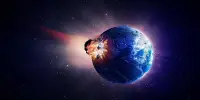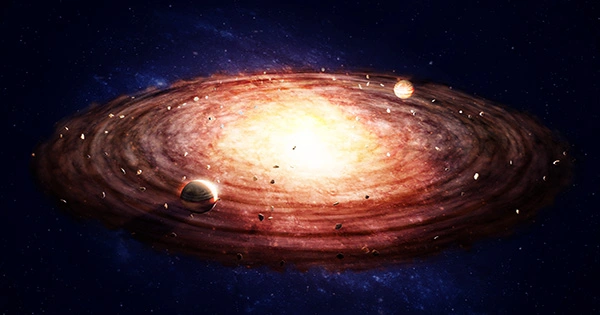It has just been revealed that the James Webb Space Telescope (JWST), which is in orbit with the goal of uncovering the early cosmos, has discovered two objects that may be the most distant galaxies ever seen. The findings have been published by the researchers in two publications—the first and the second—after thorough examination and reevaluation.
The distances of these galaxies are still being confirmed by experts, though. They make an effort to do this by examining the spectrum characteristics of the light that they release. If the preliminary calculations are accurate, the galaxies may have formed 350 million to 450 million years after the Big Bang, according to the researchers. According to experts, the results show that galaxies formed early in the history of the universe and have evolved more over time than astronomers have been able to observe up until now.
It’s been a bit of a surprise that there are so many that developed so early, said Jeyhan Kartaltepe, an astronomer at the Rochester Institute of Technology in New York, in a statement. And that calls into question theories on the early universe’s galaxy formation.
These two newly discovered galaxies resemble many other galaxies that the JWST had detected in that they are small and bright, suggesting that they are compact and disk-shaped objects. These newly discovered galaxies are unlikely to be diffuse and asymmetrical. Additionally, they imply that early galaxies were more than just deformed and dim objects; they also had well-organized structures.
The Webb telescope, which cost $10 billion, is planned to stay in orbit for 10 years. The Webb weighs 6,200 kilograms in total.
The observatory’s main focus will be the period more than 13 billion years after the Big Bang, when the first pioneering stars emerged and put an end to the darkness that was thought to have enveloped the universe at that time. Heavy elements like carbon, nitrogen, oxygen, phosphorus, and sulfur, which are necessary for life formation, would have been created as a result of the nuclear events occurring in those celestial objects.
Researchers may be able to determine whether there are any such planets outside the solar system that are livable by using the Webb’s secondary objective of analyzing the atmospheres of distant worlds. The JWST studies the cosmos using infrared wavelengths.
The Webb is different from its predecessors, such as the Hubble, in a number of ways. The observatory’s 6.5-meter-wide golden mirror, which is three times bigger than Hubble’s primary reflector, is the observatory’s initial strength. Astronomers are now able to see deeper into space and further back in time than ever before because of Webb’s larger reflector and sensitive instruments. Each of the 18 segments of the main reflector includes a little motor on the back. In order to pick up infrared wavelengths from the universe’s earliest stars, the reflector will need to be focussed. The reflectors’ curvature is changed by the motors.
A redshift is a measurement tool used by astronomers to determine how far apart galaxies are. The distance increases as the redshift increases. The JWST has recently discovered two far-off galaxies, with redshifts of 10.4–10.6 in one and 12.2–12.4 in the other. The last one breaks the previous Hubble telescope record, which was set when a far-off object was discovered with a redshift of 11. There have been more far-off galaxies discovered by the JWST that are being peer-reviewed and may have a redshift greater than 12.4.
